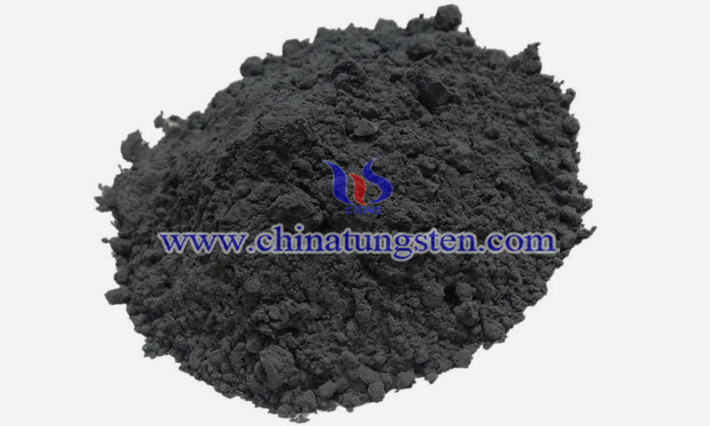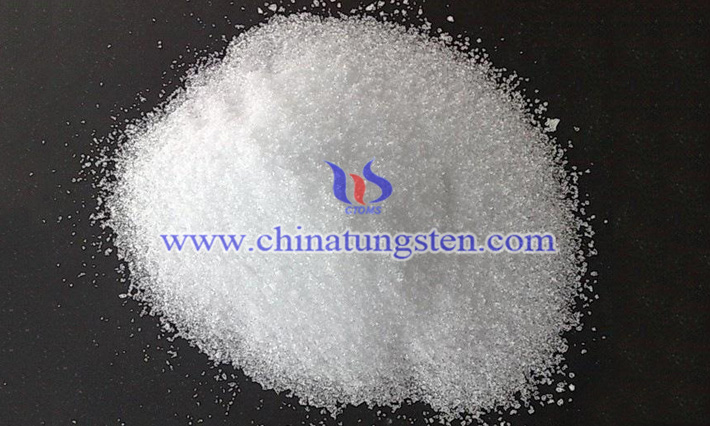How to Prepare Tungsten Disulfide Flake Nanomaterial
- Details
- Category: Tungsten Information
- Published on Wednesday, 29 July 2020 14:32
As a typical transition metal sulfide, tungsten disulfide flake nanomaterial have special optical, electrical, and catalytic properties, and are widely used in the fields of catalysis, hydrogen storage, and lithium storage.
In addition, the nanosheet also has the characteristics of rich resources, low price and very good environmental friendliness, so it is considered by the public as a high-performance anode material with great development potential. So, how should tungsten disulfide flake nanomaterial be prepared?

A preparation method of tungsten disulfide flake nanomaterial: mixing sulfur salt, tungsten salt and water, reacting for 12-24 hours under hydrothermal conditions, filtering, cleaning, and drying to obtain tungsten disulfide flake nanomaterial. Note: The temperature of the hydrothermal reaction is 180~250°C, the molar ratio of the tungsten salt and the sulfur salt is 1: (4.5~5), and the concentration of the sulfur salt is 0.15~0.2mol/L. The tungsten salt is tungsten chloride, and the ammonium salt is thioacetamide.

The advantages of using this method to prepare tungsten disulfide nanosheets: the product has higher crystallinity and larger specific surface area, as an important component of the electrode material, it can effectively increase the performance of the negative electrode of the supercapacitor.
Let's take a look at the specific steps of the synthesis of WS2 nanosheets during the experiment:
(1) Weigh 0.5635g of thioacetamide in a beaker, add 20ml of water, stir to dissolve, and set aside.
(2) Weigh 0.5950g of solid tungsten hexachloride and add it to the solution in (1) above, continue to stir for one hour, put it into a 25ml high-temperature reactor, add a clean (2cm×3cm) commercial carbon cloth, and place it in the oven. The reaction time is 12h, and the reaction temperature is 250°C.
Among them, the commercial carbon cloth is pretreated first, and the pretreatment operation is: first ultrasonically clean with ethanol for 15 minutes, then dissolve 0.759g sodium tungstate in 12ml of 3M hydrochloric acid, add 2ml of 30% hydrogen peroxide and stir until it becomes clear as a seed solution. Soak the cleaned commercial carbon cloth in the above seed solution, and grow crystal nuclei at a temperature of 350°C on the heating plate.
(3) Take out the carbon cloth, wash it with deionized water and absolute ethanol in sequence, then put it in an oven at 60°C and dry for 2 hours to obtain a tungsten disulfide sheet-like nanomaterial.
- Tungsten Oxide Manufacturer & Supplier, Chinatungsten Online: www.tungsten-oxide.com
- Tungsten News & Prices of China Tungsten Industry Association: www.ctia.com.cn
- Molybdenum News & Price: news.molybdenum.com.cn
- Tel.: 86 592 5129696; Fax: 86 592 5129797; Email: sales@chinatungsten.com



 sales@chinatungsten.com
sales@chinatungsten.com